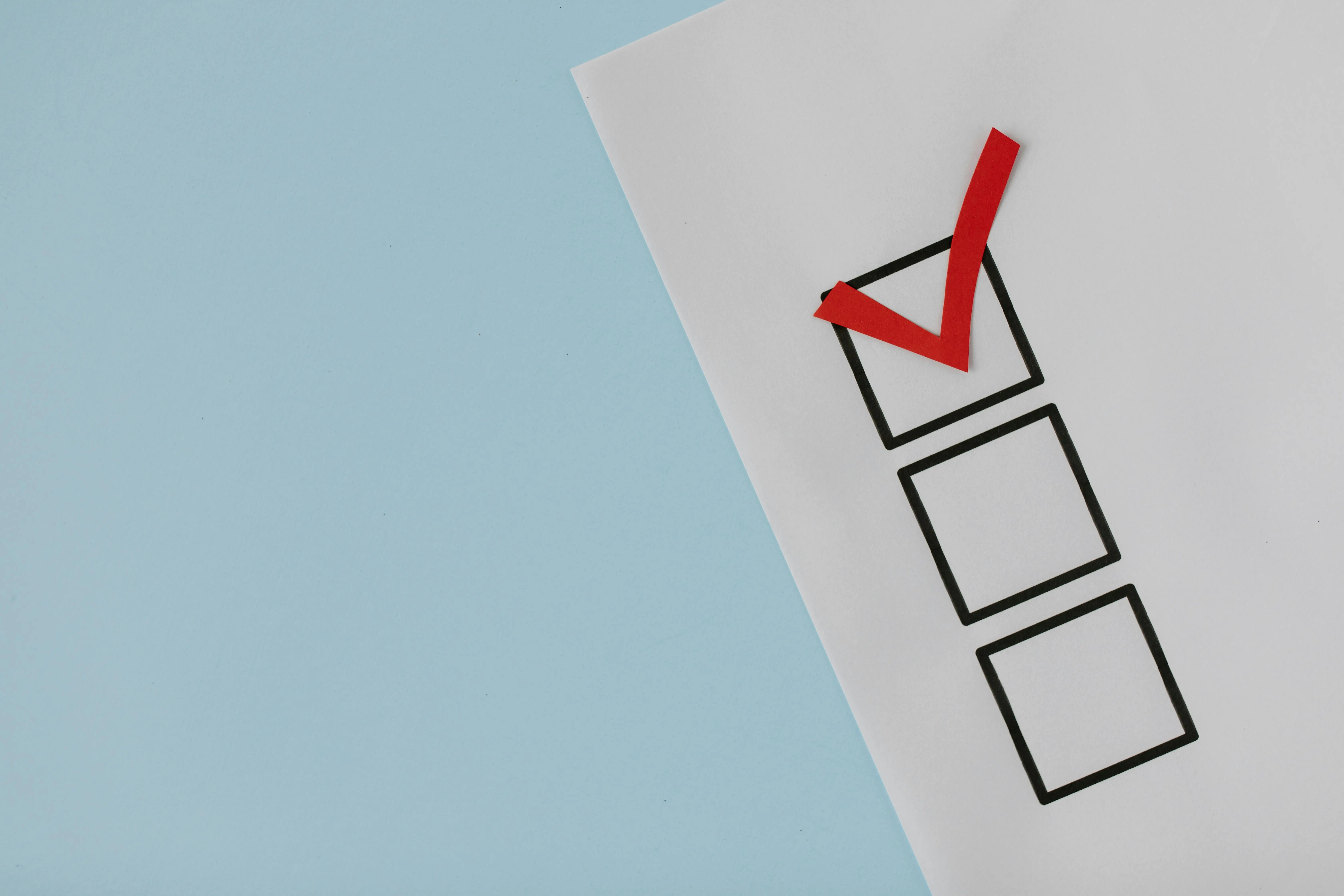9 Ways To Save Up for a Down Payment to Buy a House
The down payment required for a house is always a major investment. Whether it’s the expected 5% for houses of $500,000 or less, or the much more manageable 2% we offer in our rent to own program, saving up is definitely a must for the average person living in Canada.
.png)
Every little bit helps, especially in today’s market. Here are just a few practical ways you could save up for that down payment.

#1: Plan Your Savings Budget
This one is the hardest one, but it’s also the one that sets you up for success. Ask yourself: what will my down payment be on a house? How much will I need to save? If you wanted to accomplish that in the span of a year, exactly how do you go about it? Determine how much you’re going to spend for your down payment, and work your way backwards. You’d be surprised how much more achievable your goal is when it’s actually a specific target number you’re aiming for instead of a vague objective.
#2: Keep Track of Your Spending
How much of your money do you spend on a monthly basis? How about weekly or daily? A lot of people never think to keep track of their spending because it seems like additional work, but not only does that additional work actually discourage you from spending too much, it also helps you know exactly where you can save more money. Everyone’s spending habits are different, so while most of these tips can definitely help you, only you can determine for yourself exactly what you can change so you have a down payment savings plan that works. Knowing exactly how much goes where goes a long way to you controlling the flow of your finances better.
#3: Find Other Income Streams
We live in an age where everyone can find multiple streams of income beyond their day job. Do you have a knack for online buying and selling? Do you have a hobby that can actually be profitable? Do you have some collections you’re willing to part with that actually fetch a pretty penny on the market? While we can’t give you livelihood advice that can cover every single alternate stream of income, we’ve probably mentioned a few that you know might be right up your alley. You’ll never know where to get down payment money until you’ve really looked out there! The opportunities are limitless, and you’re currently reading this on a device that helps you find these opportunities!
#4: Save a Tenth of Your Monthly Income
This helpful ratio is perfectly manageable for the average person. 10% might not seem like a lot, but in less than a year, that’s already setting aside an entire month’s salary. When you couple that with other ways for you to save money while also augmenting your income streams, you inch your way closer and closer to your goal. You’d be surprised how down payment works itself out when you’ve turned it into a series of manageable goals.
#5: Look For High-Yield Savings Options
If you know that you will be setting aside amounts of money untouched for an extended period of time, it’s a good idea to put it in a high-yield savings account, such as a Guaranteed Investment Certificate. That way, your savings don’t just sit idly by until you need them, and your money actually works for you.
#6: Create A Savings Account - and Restrict Access to It
We’re only human, and sometimes, the temptation to splurge when we have a lot of cash on hand might be great. The easiest way to curb that temptation is to make it incredibly inconvenient to do so. While banks have gone out of their way to make banking more and more convenient for everyone, you actually want to go in the opposite direction here. Create a new down payment savings account, automate your deposits into it, and make it inconvenient for you to withdraw from. That way, the account only keeps getting more money over time, and you can take out the money only when needed.
#7: Skimp on the Luxuries
This should be obvious, but sometimes, we need someone to remind us about them. There are plenty of luxuries we all enjoy, regardless of our financial situation. It’s up to us to identify what they are, and do away with them in the meantime. It doesn’t even have to be a permanent thing: you can always go back to splurging a bit after you’ve made that down payment for your house. Just hold the fort, and you’ll get there.
#8: Pay Your Debts
If you’ve made a bunch of credit card purchases before you decide to start saving up, the last thing you want is to take too much time in paying them off. Not only does paying off your debts generally increase your credit score, this also prevents interest and other surcharges from creeping up and affecting your long-term financial goals. Life happens, so if there are some nasty financial surprises you can prevent from cropping up, then get a handle on them right away. Paying off your debts will allow you to focus better on the task at hand of saving up for your down payment.

#9: Research on Government Programs for Home Buyers
Did you know that the Canadian government offers first-time home buyers an incentive? Look up the many different ways the government can help you as a first-time home buyer, and take all of those into consideration. From possible tax breaks to grants for green energy, there are plenty of ways for Canada to help a prospective home buyer. Make sure to avail of them wherever applicable!
These simple tips can spell the difference between you affording a down payment on a house or not in a year’s time. Whether you end up buying your home through the traditional means of a mortgage or if you need that little push from Requity through a rent to own program, we hope these tips help you along your journey towards home ownership!
Frequently Asked Questions (FAQs) about Saving Up to Buy a Home
Where should I keep my money while saving for a house?
You should keep your savings in a high interest savings account or TFSA when preparing to buy a house, so your funds stay safe, earn interest, and remain accessible for your down payment.






